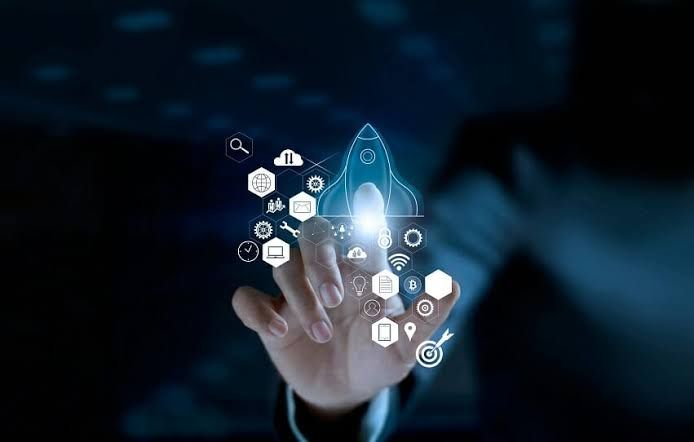The Next Generation Asset Space: A Glimpse into the Future
As we steadily march into an era of unprecedented technological innovation, the asset space is poised to undergo radical transformations. New types of assets and investment vehicles, driven by the rise of artificial intelligence (AI), blockchain technology, and the Internet of Things (IoT), are rapidly emerging. They promise to alter

As we steadily march into an era of unprecedented technological innovation, the asset space is poised to undergo radical transformations. New types of assets and investment vehicles, driven by the rise of artificial intelligence (AI), blockchain technology, and the Internet of Things (IoT), are rapidly emerging. They promise to alter the way we understand, trade, and manage assets, introducing us to a world where traditional and digital assets coexist, and where the boundary between the real and the virtual world continues to blur.
Digital Assets: The New Norm
Digital assets are fast becoming the norm, rather than the exception. From cryptocurrencies like Bitcoin and Ethereum to non-fungible tokens (NFTs) that authenticate digital content, these novel asset classes are redefining the concept of ownership and value. The blockchain technology underlying these digital assets offers decentralized, secure, and transparent transactions, contributing to their growing popularity and acceptance.
Cryptocurrencies
Once viewed with skepticism, cryptocurrencies have matured into a recognized asset class. As "digital gold", Bitcoin has shown its strength as a store of value during times of economic uncertainty. Ethereum, with its smart contract functionality, has paved the way for Decentralized Finance (DeFi), a new financial system that operates independently of traditional banking structures.
Cryptocurrencies offer an investment opportunity with the potential for high returns, albeit with high volatility. Their borderless nature and round-the-clock trading make them accessible to a global audience.
Non-Fungible Tokens (NFTs)
NFTs have revolutionized the way we perceive and trade digital content. They transform digital art, music, and even tweets into unique, verifiable assets that can be bought, sold, and owned like physical assets. The recent surge in NFT sales demonstrates the potential of this asset class in democratizing access to art and other creative content, though it also raises issues around intellectual property rights and environmental impact.
The Emergence of Tokenized Assets
Beyond cryptocurrencies and NFTs, the concept of tokenization is set to redefine the asset space further. Tokenization involves creating a digital representation of a physical asset on a blockchain. This could range from real estate and stocks to artwork and even intellectual property.
Tokenized assets have the potential to democratize investment by enabling fractional ownership. This means that high-value assets that were once only accessible to wealthy investors or specialized institutions could be broken down into smaller, more affordable units. This increased accessibility could significantly expand the pool of potential investors.
AI and Machine Learning in Asset Management
AI and machine learning are making significant inroads into asset management, with robo-advisors becoming increasingly common. These automated platforms use algorithms to provide investment advice and manage portfolios, reducing the need for human intervention.
AI can analyze vast amounts of data faster and more accurately than any human. It can also identify patterns and trends that may not be apparent to the human eye, enabling more informed investment decisions. Furthermore, AI-driven investment strategies can adapt in real-time to changing market conditions, reducing risk and optimizing returns.
The Role of IoT in Asset Tracking
IoT is set to revolutionize asset tracking, an essential aspect of asset management. IoT devices, equipped with sensors and connected to the internet, can monitor the condition and location of physical assets in real-time. This technology has profound implications for industries like logistics and supply chain management, where tracking the movement and condition of assets is crucial.
IoT can also play a significant role in managing digital assets. For instance, smart contracts on the Ethereum blockchain can interact with IoT devices to automate processes like releasing payment upon receipt of goods.
Conclusion
The next generation of the asset space is poised to be more inclusive, efficient, and innovative. It promises to democratize access to investment opportunities and transform the way we manage and interact with assets. However, this brave new world also presents its own set of challenges, from regulatory issues to cybersecurity risks. As we navigate this exciting future, it is crucial to foster an environment that encourages innovation while mitigating risks.
The fusion of technology with finance heralds an era where the power to invest and create wealth is no longer the prerogative of a privileged few but a tool accessible to many. The future of the asset space, while uncertain in its specifics, promises to be a journey full of potential and opportunities. Welcome to the next generation of asset space.




